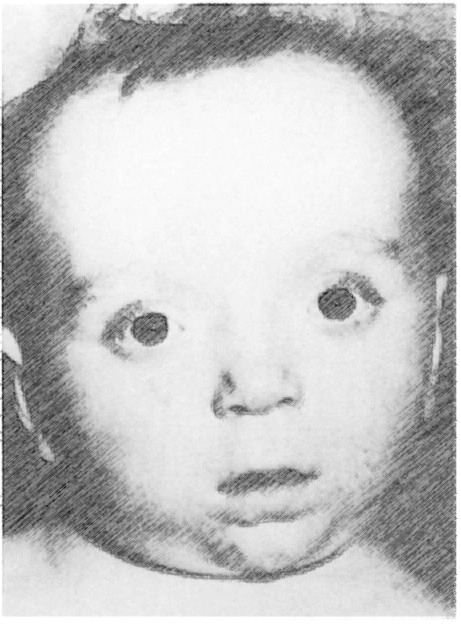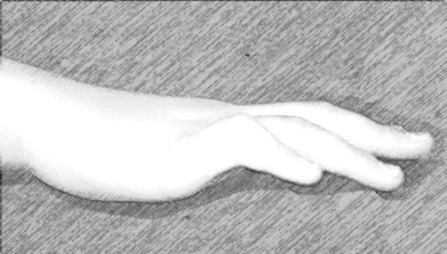
Aamir Jalal Al Mosawi
Senior Advisor Doctor, Baghdad Medical City, Iraq
Head, Iraq Headquarter of Copernicus Scientists International Panel Baghdad, Iraq.
*Corresponding author: Aamir Jalal Al Mosawi, Senior Advisor Doctor, Baghdad Medical City, Iraq.
Received date: November 14, 2020
Accepted date: November 20, 2020
Published date: November 24, 2020
Citation: Al Mosawi A J. “Advancing clinical dysmorphology diagnostic skills: Weaver syndrome. J Clinical Case Reports and Clinical Study, 1(1); DOI:10.61148/2766-8614/JCCRCS/002
Copyright: © 2020 Aamir Jalal Al Mosawi. This is an open access article distributed under the Creative Commons Attribution License, which permits unrestricted use, distribution, and reproduction in any medium, provided the original work is properly cited.
There are now too many of rare clinical syndromes and dysmorphic syndromes including genetic syndromes, and it is difficult for most physicians to equip themselves with adequate professional knowledge that help them to make an early useful diagnosis for many of the syndromes they may encounter. We have previously described our pioneering extensive experiences with clinical genetics and dysmorphology in a plethora of publications. We have previously reported a large number of rare conditions in Iraq, and we have also helped physicians in the diagnosis and publication of rare syndromes observed in other countries. The aim of this papers is to help clinicians in advancing the diagnostic skills in the field of clinical syndromes by reviewing briefly a rare syndrome that have not been reported in Iraq, but it is associated with certain clinical characteristics that allow clinicians who see the syndrome for the first time, capable of making an easy diagnosis by knowing few information about the condition.
Introduction
There are now too many of rare clinical syndromes and dysmorphic syndromes including genetic syndromes, and it is difficult for most physicians to equip themselves with adequate professional knowledge that help them to make an early useful diagnosis for many of the syndromes they may encounter [1-5].
We have previously described our pioneering extensive experiences with clinical genetics and dysmorphology in a plethora of publications. We have previously reported a large number of rare conditions in Iraq [6-14], and we have also helped physicians in the diagnosis and publication of rare syndromes observed in other countries [15]. The aim of this papers is to help clinicians in advancing the diagnostic skills in the field of clinical syndromes by reviewing briefly a rare syndrome that have not been reported in Iraq, but it is associated with certain clinical characteristics that allow clinicians who see the syndrome for the first time, capable of making an easy diagnosis by knowing few information about the condition.
Weaver syndrome is a rare mental retardation-overgrowth syndrome with prenatal and postnatal excessive growth. Features that make the syndrome distinctive from other overgrowth syndromes such Soto’s syndrome include broad forehead and face, large ears, hypertelorism, micrognathia, camptodactyly or clinodactyly.

Figure 1: A sketch of the facial dysmorphism of Weaver syndrome which include broad forehead and face, large ears, hypertelorism, and, micrognathia

Figure 2: Camptodactyly, a flexion deformity of the proximal inter-phalangeal joint in the antero-posterior) plane with inability to extend the joint

Figure 3: Clinodactyly, an angular deformity in the radio-ulnar plane
The syndrome was first reported by David Weaver and his colleagues (Figure-4) in 1974. Knowing that Weaver syndrome is a mental retardation-overgrowth syndrome associated with distinctive facial features and camptodactyly or clinodactyly, will make the condition in most instances make the syndrome not difficult to diagnose, but difficult to miss.
Of the three important mental retardation-overgrowth syndrome, Soto syndrome and Weaver have not been reported in Iraq, but Beckwith Wiedemann syndrome has been well-described and reported in Iraq [17].

Figure 4: David D. Weaver, an American physician who was born in 1939